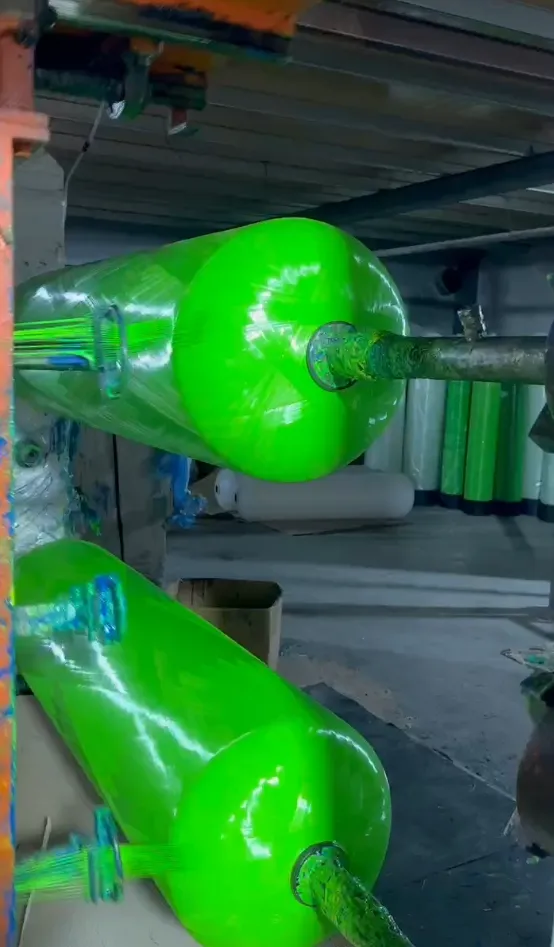loading...
- No. 9, Xingyuan South Street, Dongwaihuan Road, Zaoqiang County, Hengshui, Hebei, China
- admin@zjcomposites.com
- +86 15097380338
- Welcome to visit our website!
Innovative Solutions for Pultruded GRP Grating Applications and Benefits
The Advantages and Applications of GRP Pultruded Grating
Glass Reinforced Plastic (GRP) pultruded grating has emerged as a vital material in various industries due to its unique properties and advantages. This article will explore the characteristics, benefits, and diverse applications of GRP pultruded grating, emphasizing why it has become a preferred choice over traditional materials.
Understanding GRP Pultruded Grating
GRP pultruded grating is a composite material made by combining fiberglass with resin through a process called pultrusion. This method involves drawing continuous strands of fiberglass through a resin bath and then curing it in a heated die. The result is a highly durable material that can be custom made into various sizes and shapes, providing versatility for different applications.
Key Advantages
1. Corrosion Resistance One of the most significant benefits of GRP pultruded grating is its excellent corrosion resistance. Unlike steel, which can rust and degrade when exposed to harsh environmental conditions, GRP maintains its structural integrity even in corrosive environments, such as chemical plants and coastal areas.
2. Lightweight GRP pultruded grating is considerably lighter than traditional materials like steel or aluminum. This property not only facilitates easier transportation and installation but also reduces the load on supporting structures.
3. High Strength-to-Weight Ratio Despite its lightweight properties, GRP pultruded grating offers remarkable strength and durability. It can support significant loads and withstand impacts without compromising its structural integrity, making it suitable for heavy-duty applications.
4. Low Maintenance Requirements The inherent qualities of GRP grating mean that it requires minimal maintenance compared to metal alternatives. This feature can lead to substantial cost savings over time, as less frequent repairs and replacements are needed.
5. Fire Resistance Many GRP pultruded gratings are manufactured with fire-retardant properties, improving safety in various applications. This characteristic makes it suitable for use in areas where fire safety is a critical concern.
grp pultruded grating

6. Easy to Fabricate and Install GRP pultruded grating is easy to cut, shape, and install without the need for specialized tools. This ease of workmanship can significantly reduce labor costs and installation time.
Diverse Applications
The advantages of GRP pultruded grating have led to its wide adoption across multiple industries
- Construction In the construction industry, GRP grating is commonly used for flooring, walkways, and platforms due to its strength, slip resistance, and ability to withstand various environmental conditions.
- Chemical Processing Its corrosion resistance makes GRP pultruded grating ideal for platforms, walkways, and staircases in chemical processing facilities, where exposure to harsh chemicals and liquids is prevalent.
- Water Treatment Plants GRP grating is extensively used in water treatment facilities for its durability and resistance to water and chemicals. Its lightweight nature also facilitates easy installation in often intricate environments.
- Marine Applications With its natural resistance to seawater and marine growth, GRP pultruded grating is frequently used in docks, piers, and boat houses, enhancing safety for both workers and visitors.
- Electrical Utilities In the electrical utility sector, the non-conductive properties of GRP make it an ideal material for walkways and platforms around electrical installations, minimizing safety risks.
Conclusion
In conclusion, GRP pultruded grating is a versatile and advantageous material that offers numerous benefits over traditional construction materials. Its corrosion resistance, lightweight nature, strength, and low maintenance needs make it suitable for various applications across industries. As industries continue to seek durable and efficient materials, the use of GRP pultruded grating is likely to expand, solidifying its role as a critical component in modern construction and engineering solutions.
-
The Rise of FRP Profiles: Strong, Lightweight, and Built to LastNewsJul.14,2025
-
SMC Panel Tanks: A Modern Water Storage Solution for All EnvironmentsNewsJul.14,2025
-
GRP Grating: A Modern Solution for Safe and Durable Access SystemsNewsJul.14,2025
-
Galvanized Steel Water Tanks: Durable, Reliable, and Ready for UseNewsJul.14,2025
-
FRP Mini Mesh Grating: The Safer, Smarter Flooring SolutionNewsJul.14,2025
-
Exploring FRP Vessels: Durable Solutions for Modern Fluid HandlingNewsJul.14,2025
-
GRP Structures: The Future of Lightweight, High-Performance EngineeringNewsJun.20,2025
